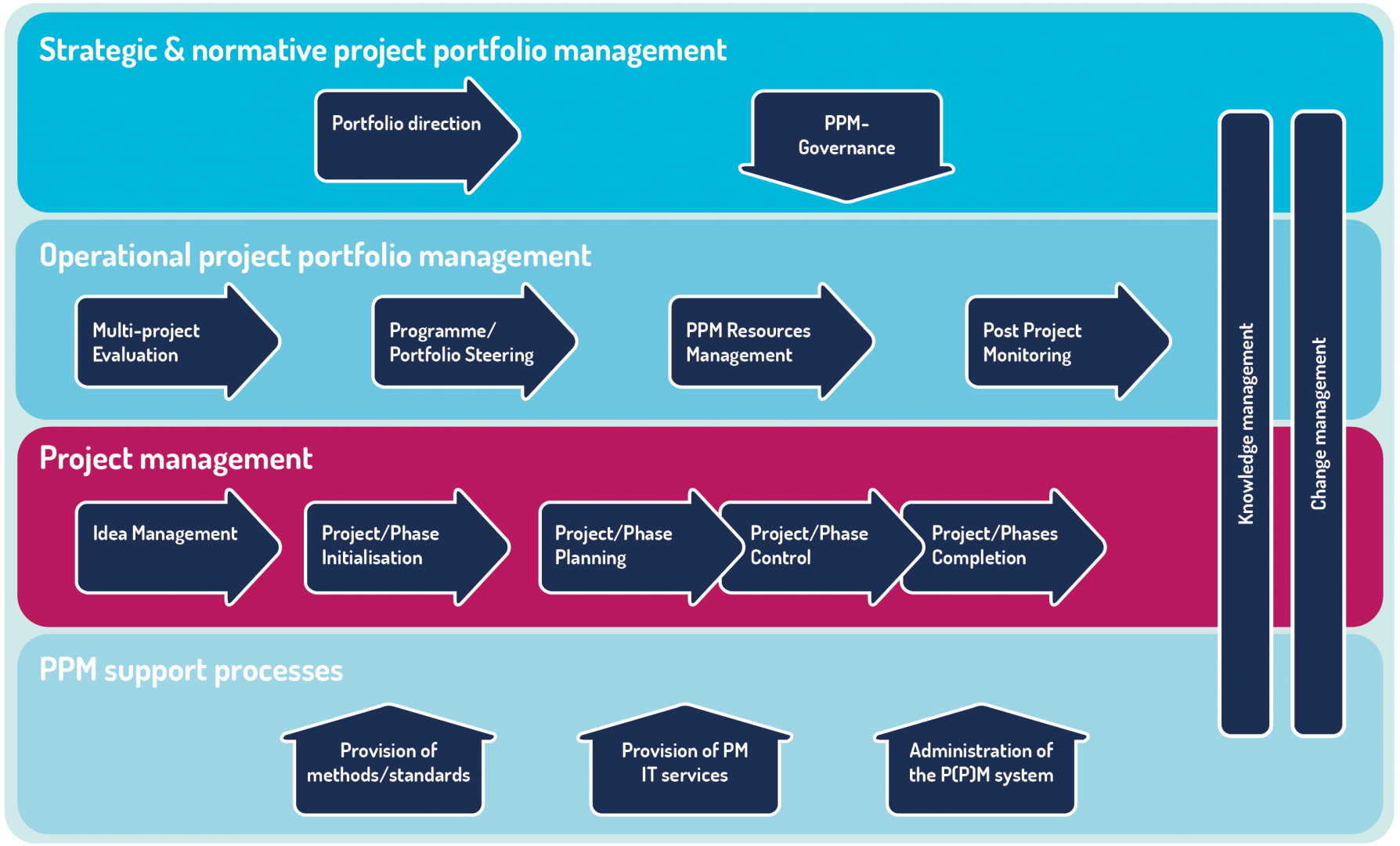Merry Christmas and Happy New Year!
Frohe Weihnachten und ein glückliches Neues Jahr
Kellemes Karácsonyt és boldog új évet!
GO TO CAPTURE.EU










In view of the current crisis, which has long been undisputed, it is difficult to once again defy the coming wave of recession with optimism. Nevertheless, it is important to keep in mind the recipes for success of the best in class in the most diverse sectors. These include investing during the crisis and acting strategically in order to be at the forefront again when the economy picks up.
We, therefore, start the new business season with a deep dive into scenario planning.
Learn:
According to Gartner, 80% of companies try to secure their existing business during a crisis and act in a risk-averse manner. In doing so, they often overlook changes in their business environment that require a realignment of business models and thus of the entire company organisation. The argument that the internal standstill is due to fewer resources is not valid: for it is precisely in a state of emergency that it is necessary to think beyond a crisis scenario and redefine priorities. The difficulty is to summon up the courage for courageous decisions early on and to set the right course.
Companies that plan and manage their business and internal organisation with project portfolio management software have a clear advantage, because the transparency and comparability of projects form a solid foundation for reflecting on and implementing a strategic realignment. With the scenario planning feature, you can go through cross-team and number-based "what-if" analyses and maximise your business in the short to medium term despite unsteady developments. As a final consequence of scenario planning, investment budgets are redistributed, ongoing projects are discontinued, postponed, reduced in scope and sometimes other sources of revenue are pushed - complex processes that the software visualises effortlessly. One thing is therefore certain: in a crisis, intensively used project portfolio management software filled with qualitative data is a particularly powerful and popular management tool, as the following practical example illustrates.
In a medium-sized banking group in the DACH region, the past quarterly figures are down as never before. The forecast for the coming year looks similarly bleak and puts the management on the spot. Instead of hiring management consultants as usual, an internal task force was set up for the first time to define and implement short- to medium-term measures for a strategic reorientation. Heads of the Private and Business Clients segment and of Innovation, PMO leads of the bank, as well as the entire management meet regularly over a period of several weeks to synchronise the operational roadmap with the strategic goals of the banking group.

A look at mature project management organisations shows how central project portfolio management is for the success of a company. It can counteract silo thinking, optimise the use of resources and provide transparency and "security" as a control cockpit. The degree of maturity is not determined by the extent to which the project portfolio management features are used. It is rather a combination of software and processes, and the willingness to expand the possibilities of professional project portfolio management at the decisive moment.
Are you already working with project portfolio management software and want to increase the agile maturity of your organisation using scenario planning? Or do you want to start with a project portfolio management implementation and set up the software deployment according to best practice from the very beginning? Capture Consultants will be happy to support you on your way to more business agility with individual PPM demos. Immerse yourself with us in the modern world of professional project organisations.
To access this document, please enter your email address.
If you want to view this webinar video, please enter your email address in the field below.
We have sent you an email to your email address with a link to the file.
OK